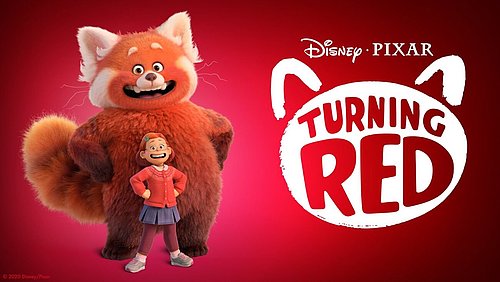
Bridging Divides: Kids' Media’s Challenge to Connect Across Values
Getting It Right for Everyone Might Be Kids' Media's Toughest Challenge Yet

After a few days on US soil and being up close and personal with the people of NY, it became apparent to me that with Trump re-elected, the kids' media world is in for an interesting new chapter, where balancing traditional values with progressive themes could be the industry's next big plot twist. The election split—Trump with 51% to Harris’s 48%—shows just how divided the country is on cultural issues, and for media companies, that division could reshape the content journey from production to living room.
The last few years, witnessed the kids’ media space experience a surge to consciously focus on diversity, equity, and inclusion (DEI), pushing forward with stories that celebrate a wide array of experiences and perspectives. But with such a close vote, it's clear a big part of the population is calling for a return to more conventional themes. Will this be the end of progressive media? Not exactly. Instead, this could be a cue for the industry to create content that connects with everyone—whether they lean traditional or progressive.
Think about it: content that brings people together is the sweet spot in a divided market. By layering in values that are meaningful to a range of families, media companies can still create programming that appeals to DEI values while being accessible and relevant to a more traditional audience, too. And that doesn’t mean compromising. It means looking at the big picture—understanding that kindness, curiosity, and respect can come in many forms and can connect with people across the spectrum.
What might this look like in practice? For starters, companies could explore programming that speaks to universal values but includes varied storylines, giving families options to pick what resonates most. And in a way, that’s exactly what the digital age allows for: algorithms that can serve different audiences with content that feels right for them. Platforms like YouTube, TikTok, and Netflix have the potential to shape these choices subtly, making it easier for families to find the kinds of stories that align with their own beliefs—whether that’s traditional, progressive, or somewhere in between.
Of course, understanding these dynamics takes more than guesswork; it requires insights that go deeper than surface trends. Media companies will need to know exactly how different types of families feel about the content they consume, from which values resonate most to what motivates them to support brands and products beyond just watching shows. This is where audience research is no longer a nice-to-have but a must-have. Without it, companies risk missing what makes certain content resonate—and why parents might be more selective about what they let into their homes or support financially.
In this landscape, brands that truly understand their audience will have a distinct advantage. Whether it’s knowing that one segment of parents seeks out DEI-oriented programming or understanding that another group prioritises content that reinforces traditional family values, this kind of insight will help companies strike the right balance. It’s about creating content that feels relevant and meaningful across the board, navigating the cultural landscape thoughtfully.
At the end of the day, this new chapter for kids' media could be a chance to write some fresh, compelling stories that don’t just play to one side but reach out to the whole room. And for those looking to stay ahead, investing in audience expertise and nuanced research is the way forward. By tuning into the unique values and needs of a divided audience, media companies can craft content that resonates with a full spectrum of families, keeping living rooms full of stories that entertain, educate, and connect—no matter where the cultural winds may blow.
So here’s to navigating the next four years with a smart, savvy approach to audience insights and storytelling. The media landscape may be shifting, but for companies willing to dig deep into what makes families tick, there’s plenty of room to thrive.


